What is the Ages & Stages Questionnaires® 14 Month Questionnaire?
The Ages & Stages Questionnaires® 14 Month Questionnaire is a valuable tool designed to evaluate the developmental progress of babies aged 13 months to 14 months and 30 days. It consists of a series of questions that assess various areas of development, including communication, gross motor skills, fine motor skills, problem-solving abilities, and personal-social skills. The goal is to identify any potential developmental delays and ensure that children are on track for their age.
Who should complete the ASQ 14 Month Questionnaire?
This questionnaire should be filled out by the child's parent or guardian, though it can also involve input from teachers or childcare providers. It's important that the person completing the form is familiar with the child's abilities and routines so that they can provide accurate responses regarding the child's development.
How should I fill out the questionnaire?
When completing the questionnaire, it is essential to use black or blue ink and write clearly. Each question is accompanied by options for answering: "yes," "sometimes," or "not yet." You should first try each activity with your child. This can make the process enjoyable for both of you and can yield more accurate answers about what your child is capable of doing. Consider giving it a fun twist to maintain engagement!
What if my baby is not cooperative during the assessment?
It's common for toddlers to be uncooperative. If your baby seems uninterested or refuses to perform certain tasks, try again at a different time, ideally when your child is more rested and comfortable. If your child can complete a task but is reluctant to do so, you can still mark "yes" for that activity.
What happens if my baby was born prematurely?
If your baby was born three or more weeks early, it's important to use their adjusted age when filling out the ASQ. The adjusted age accounts for the amount of time the baby was in the womb before birth, allowing for a more accurate assessment of development. You'll find a space on the questionnaire to indicate weeks premature, which helps ensure that interpretations of the results are developmentally appropriate.
How will the results be used?
The completed questionnaire will provide insight into your child's development. If there are areas of concern or if your child's development appears to be delayed, you might be referred to additional resources or professionals for further evaluation. The goal is to ensure your child receives the support they need as they grow.
How do I return the completed questionnaire?
After filling out the questionnaire, it should be returned as directed on the form. There will be a specific deadline mentioned for the submission, so keeping track of this date is crucial. Whether you send it via mail or hand it in at a designated location, make sure it reaches the appropriate person in a timely manner.
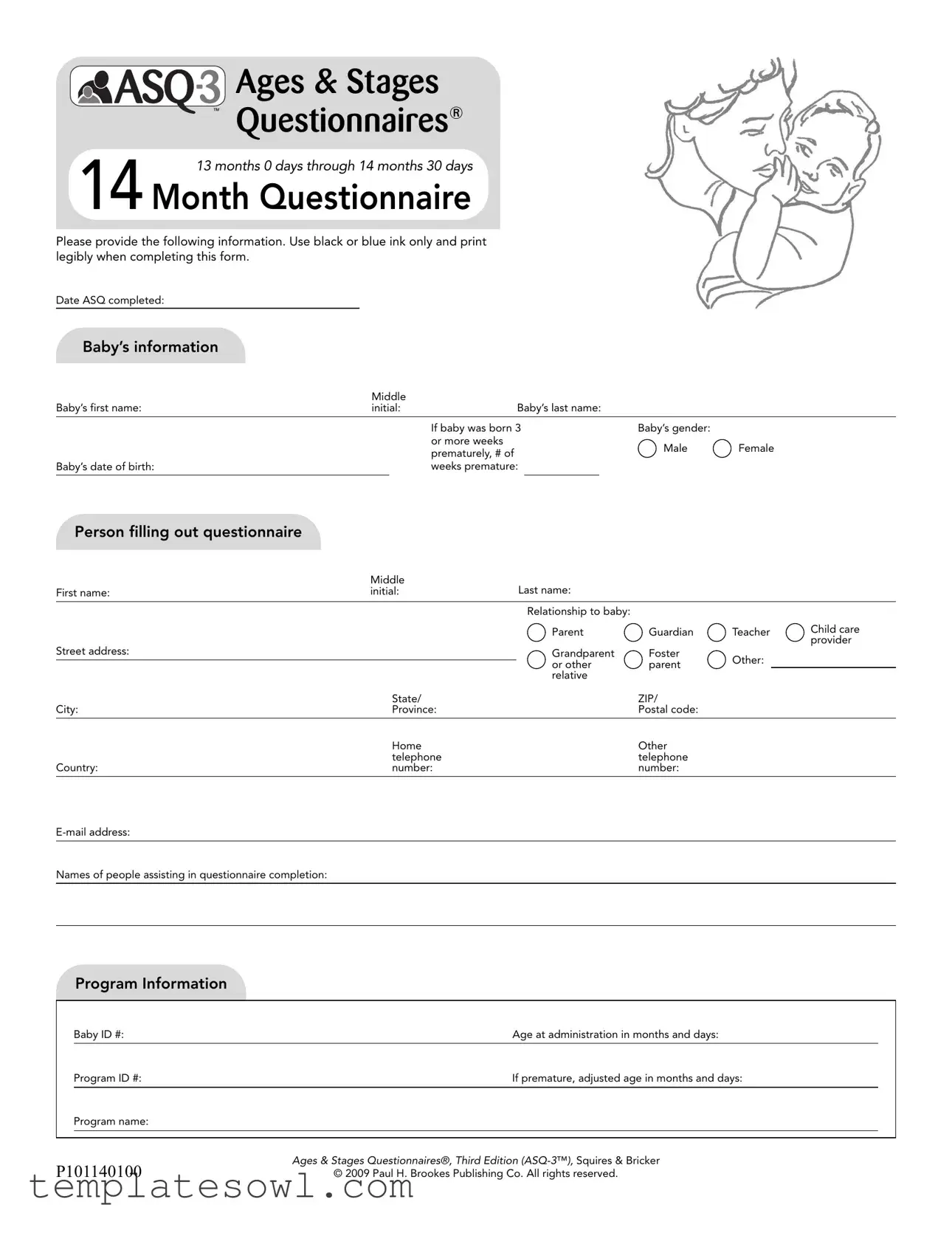
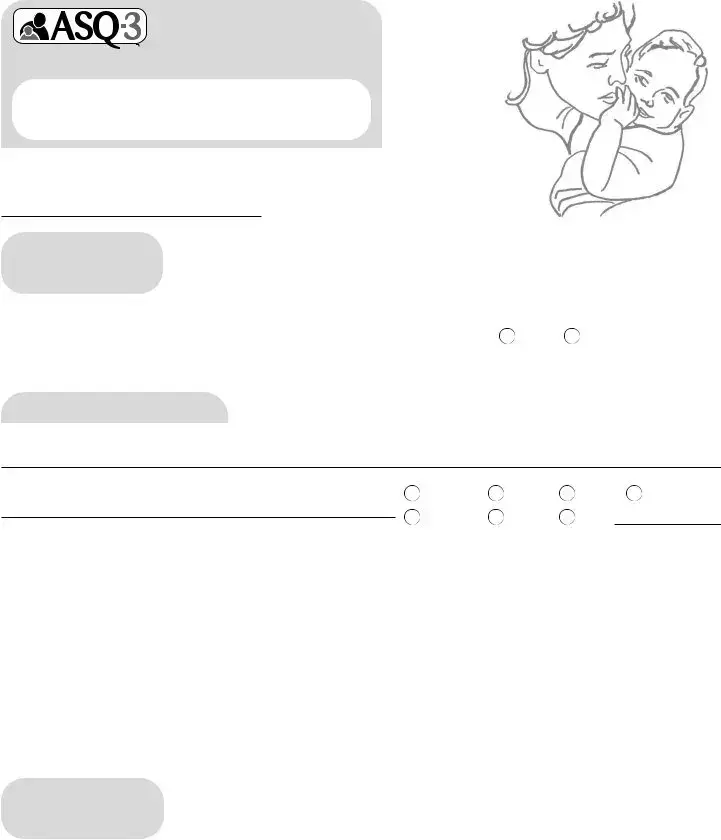
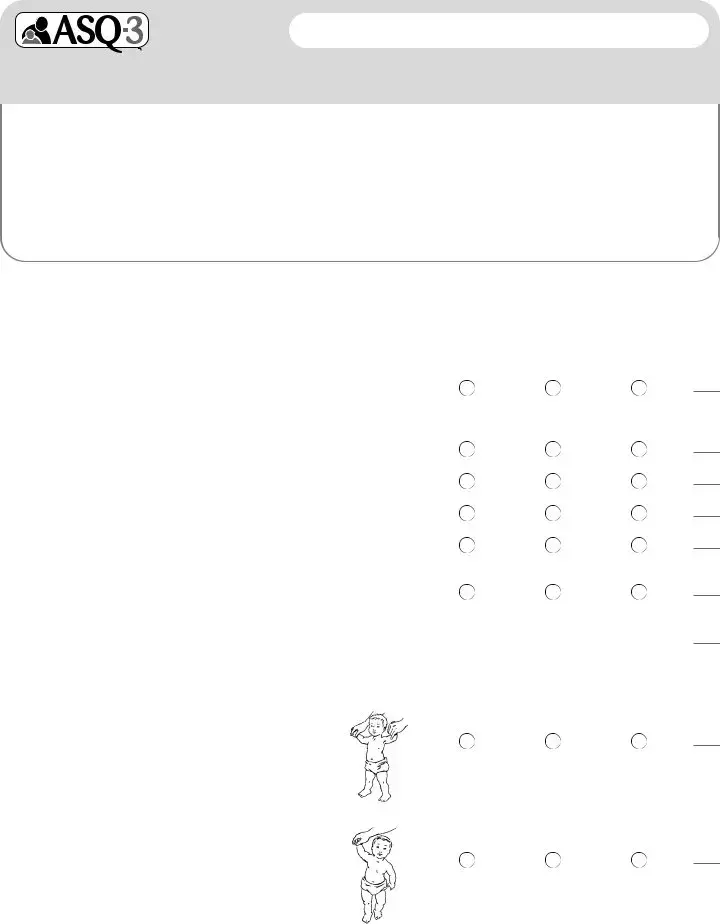
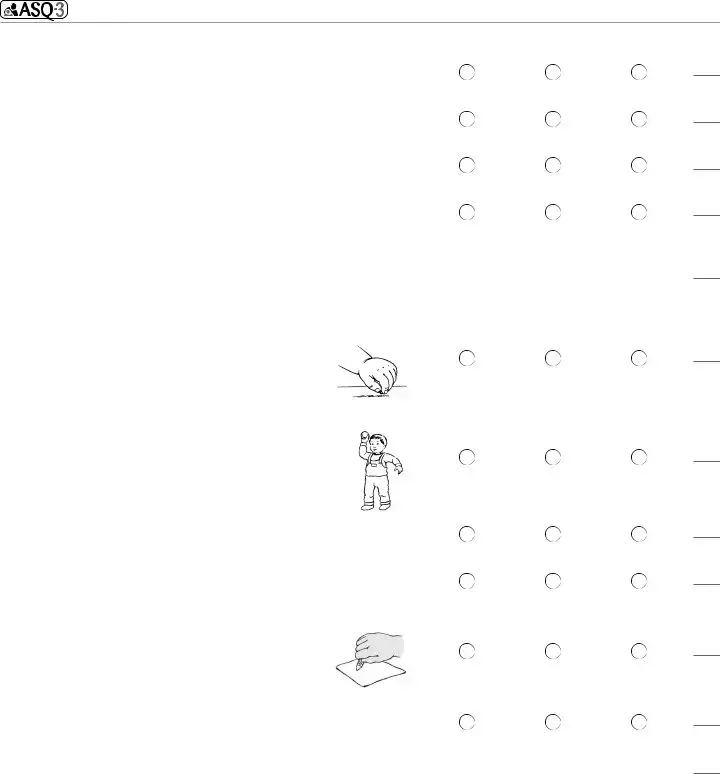
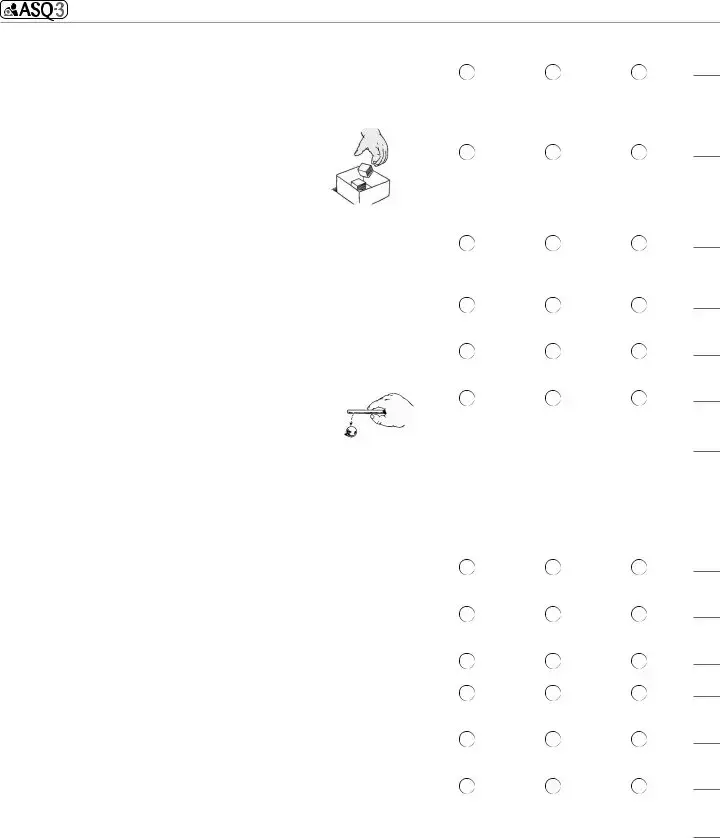

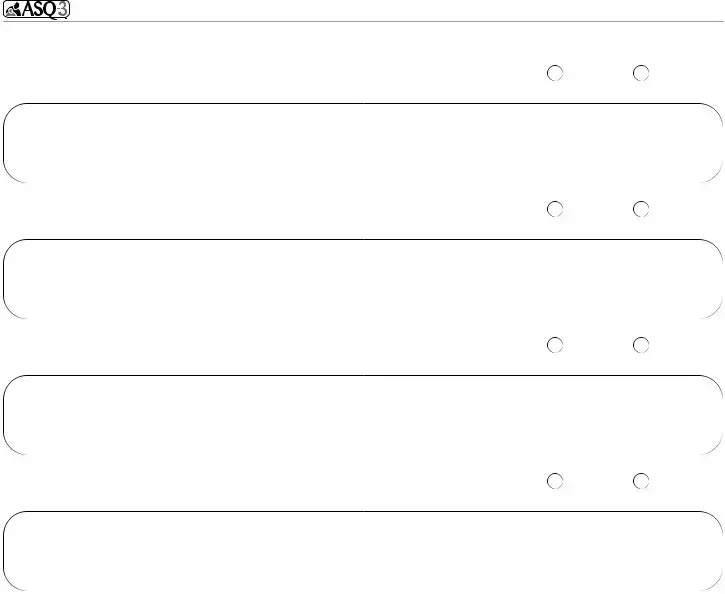
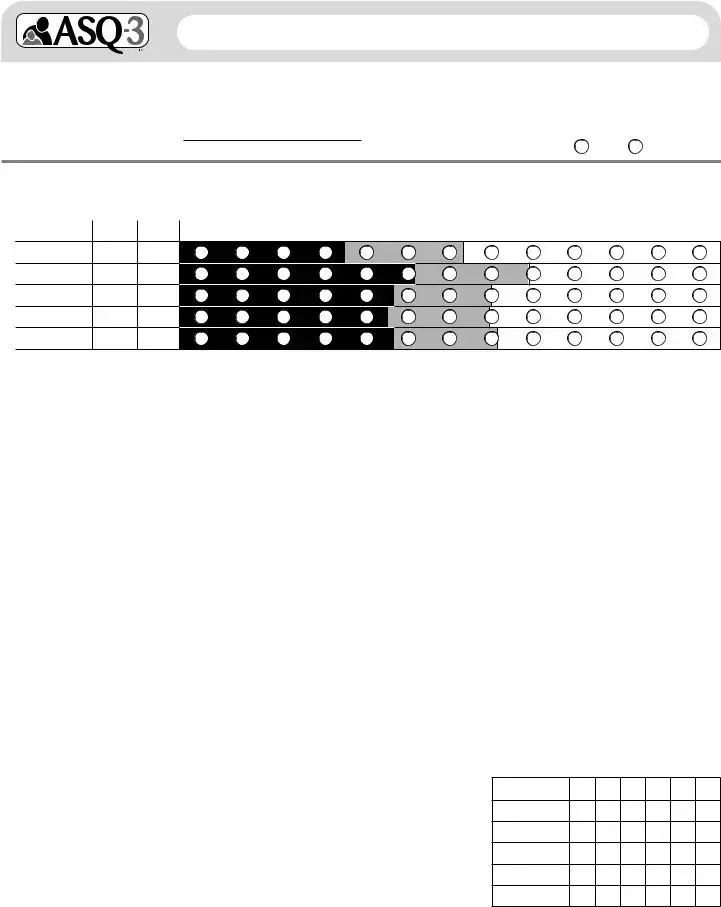

 area, it is above the cutoff, and the baby’s development appears to be on schedule.
area, it is above the cutoff, and the baby’s development appears to be on schedule.
 area, it is close to the cutoff. Provide learning activities and monitor.
area, it is close to the cutoff. Provide learning activities and monitor.
 area, it is below the cutoff. Further assessment with a professional may be needed.
area, it is below the cutoff. Further assessment with a professional may be needed.